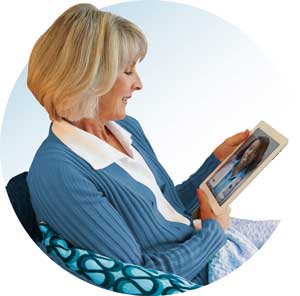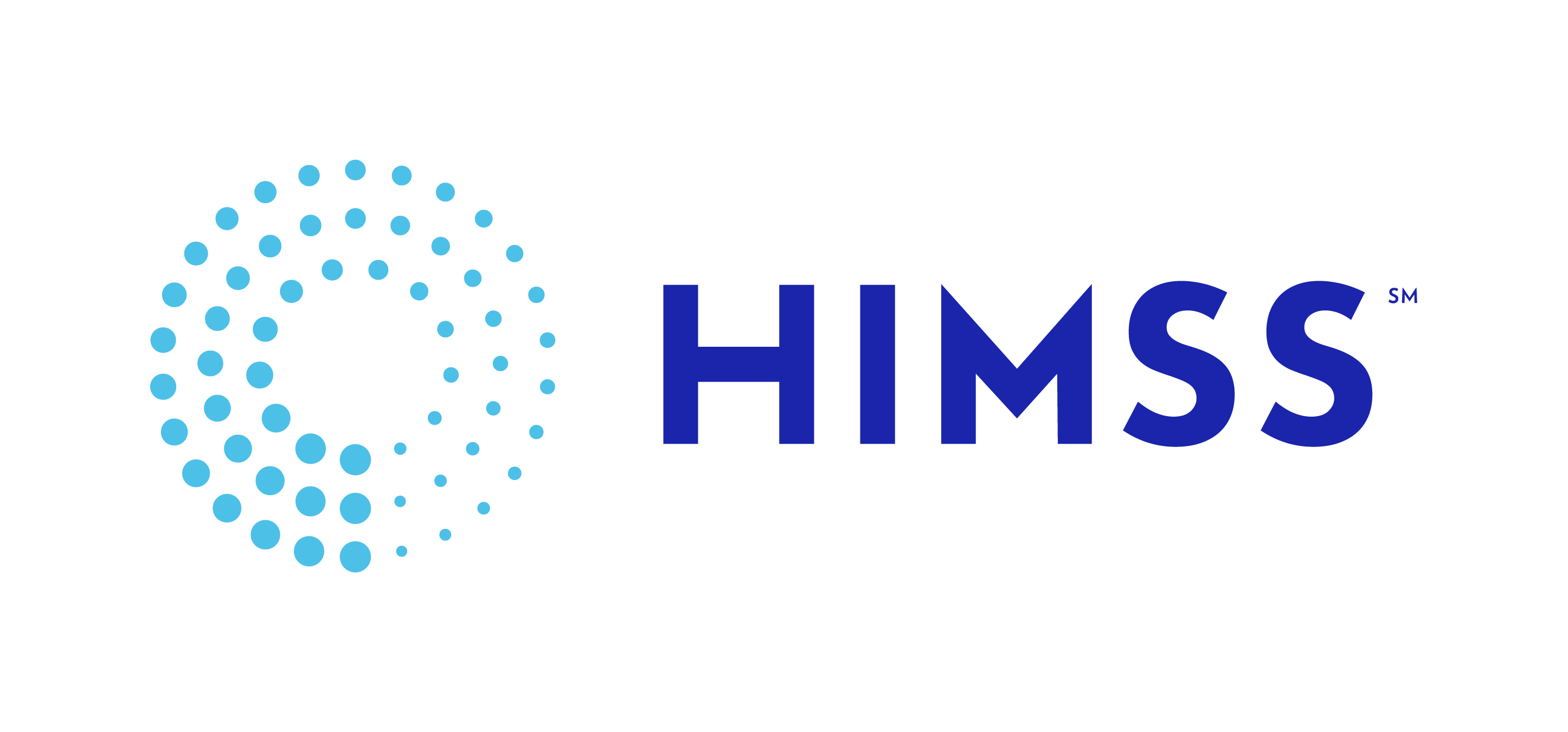Winter 2015Connected Patient Initiative
Health Literacy: Beyond the Written Word
by Tim Jones, HIMSS SoCal Vice President, Administration/Secretary
 Much of the focus in health literacy has been on simplifying written information to the recommended 5th grade level to better match the reading skills of most Americans. However, there are other ways to improve health literacy that does not rely on the ability to read and write. I interviewed Dr. José Luis Calderón about these issues. He is author of the chapter Health Literacy in the Textbook of Behavioral Sciences and Health Care (3rd Edition) (2012), and lead investigator of the first randomized controlled trial to demonstrate animation positively impacts disease specific health literacy; “Improving Diabetes Health Literacy by Animation,” Diabetes Care (2014).
Much of the focus in health literacy has been on simplifying written information to the recommended 5th grade level to better match the reading skills of most Americans. However, there are other ways to improve health literacy that does not rely on the ability to read and write. I interviewed Dr. José Luis Calderón about these issues. He is author of the chapter Health Literacy in the Textbook of Behavioral Sciences and Health Care (3rd Edition) (2012), and lead investigator of the first randomized controlled trial to demonstrate animation positively impacts disease specific health literacy; “Improving Diabetes Health Literacy by Animation,” Diabetes Care (2014).
Your research draws distinctions between literacy, health literacy and diabetes health literacy. Can you briefly describe what you mean by each?
The definition of literacy has changed several times over the past century, TJ. There was a time when ‘making your mark’ with an ‘X’ meant you were literate and understood what you were signing. Over time a person’s skills in reading, writing and arithmetic defined their level of literacy. The ‘X’ was all that was needed then but today much more is required for the average person to interact with society. Health literacy and literacy are joined in that a person who has good literacy skills may be better able to understand health information in written form; whether by paper or electronically. Most health information available today is in this format.
Healthy People 2020 defines health literacy as ‘the degree to which individuals have the capacity to obtain, process, and understand basic health information and services needed to make appropriate health decisions’. However, this definition falls short, because it underscores “capacity” and many people may have the capacity to be health literate but are not. The World Health Organization, at its 7th Global Summit, stated that, ‘Health literacy means more than being able to read pamphlets and make appointments.’ I agree. Health literacy also requires personal experience with healthcare delivery systems and development of self-management skills. Knowing what to do, where to go, and how to manage health at home is the key. This is huge for people with diabetes.
Much of the effort in improving health literacy seems to focus on “plain language” solutions such as writing at a 5th grade level, but you focused on non-written communication. Why?
I sought alternatives to written materials because of my experience as a family doctor. My greatest challenge was also my patient’s greatest challenge. I spent much time in practice educating patients about their health and treatment. I went into health services research precisely to find ways to improve and simplify patient information and health communication. Then it occurred to me that simplifying text in pamphlets is not the answer. In many cultures, health information is not distributed primarily through text, but through verbal communication. It is okay to have text, but we also need alternatives.
The idea is not to supersede or eliminate written text, but to offer alternatives. Consider that after high school the average person drops 3 to 5 grade levels in reading ability and that most states only require 7th grade reading level to graduate high school. Yet most health information is written at higher grade levels often requiring college level reading skills. Importantly, most people with chronic diseases are older and take multiple medicines both which may diminish cognitive skills. This means their reading skills and reading comprehension are diminished. Therefore we need to offer alternatives to reading for this population that bears the burden of chronic disease in this country. The same applies to persons with limited educational attainment regardless of age; such as immigrants whether authorized or not. We need to develop approaches that consider cultural and linguistic appropriateness, and we need comparative effectiveness research to understand what works best. We are moving toward further testing of animation in this regard.
Non-written could also be audio or live-action video. Why did you specifically choose animation?
All of these modalities are valid. The point is we must offer alternates. Some people do not respond to live action when the person in the video is different in culture and language use. We felt animation was a great way to overcome these perceptions and cultural barriers. Most importantly, animation gives us “formative flexibility.” We can change language, skin tone, hair color, etc. to make the information more appropriate to the patient and his/her family. One day while considering where to go from simplified text I saw my kids watching educational animation on TV and I thought “if kids can learn this way, why can’t everyone?” It was an epiphany! I then learned of UNICEF’s work all over the world using animation. I was hooked.
What do you think is the biggest challenge we face in improving health literacy in the United States?
Access to healthcare and time spent with providers! Health literacy is about how well you understand what going on with your health, how well and how often you negotiate health systems and how well you manage your health conditions. For example, if you never knew what diabetes was and was told by a healthcare provider that you have diabetes you just had a very important experience and received and processed very important information. That was the beginning of your diabetes health literacy. However, if you don’t have access to health care, even if you now know you have diabetes and learned what it is, your diabetes health literacy is not yet adequate until you have had further experiences with clinical and self-management, for example, seeing an eye doctor, caring for your feet, monitoring your blood sugar. If you can’t get into the system, how can you learn through experience? Health communication does not have to be complex and animation fits the bill. We know that improved diabetes health literacy is linked to good diabetes health outcomes. This goes for all chronic diseases.
Moreover, for people who have access to healthcare the biggest challenge to health literacy is the lack of time between provider and patient. So we need to develop tools that can help the provider help their patients by communicating information about chronic disease more effectively outside the clinical setting. Again, animation fits the bill. I’ve never met anyone who doesn’t like or relate to animation. There is a lot of printed material about health and disease but in reality most people can’t or won’t take the time to read it. If they don’t understand it they will not act on it. Animation is a common sense way of educating and training patients to improve their chronic disease health literacy particularly those with limited literacy skills.
What role do you think health information technology (HIT) will play in assessing and improving health literacy?
HIT is the future. The ability to use screens not only to inform and educate but to gather information and measure health literacy is crucial. HIT is going to be good at improving health literacy of providers as well as patients. Providers need to understand cultural barriers and how to respond appropriately. Healthcare is individual, and technology and data can help personalize information. Future populations of older people will be more technology savvy and more comfortable using it so it will be the gateway to improved health literacy. As the old saying goes…if it ain’t broke, don’t fix it. But the fact is, our system IS broke because we are not effectively improving chronic disease health literacy or giving providers tools to improve their knowledge of their patient’s health literacy. Information technology will be one powerful way to make the repairs and resolve this conundrum.
Biography
Dr. Calderón was conferred a BS from UAlbany, NY, an M.D. from Harvard Medical School and completed post-graduate training in Family Medicine at the SUNY Health Sciences Center, NY. He has completed fellowship programs in epidemiology-Johns Hopkins University; health literacy- the Health Services Research Institute (AAMC); and health disparities-the M. Alfred Haynes Research and Training Institute for Social Equity, Meharry Medical College. Dr. Calderón is a health services researcher who applies ethno-medical science (cross-cultural) frameworks and uses mixed research methods (survey and qualitative) to examine and improve diabetes health literacy, self-efficacy, and self-management. He has published three methods to improve health communication and pioneered using animation to improve health literacy in persons with limited literacy skills. His research has been funded by the CMS/DHS, NIH, NCRR, and AHRQ. Dr. Calderón is past president of the Association for the Behavioral Sciences and Medical Education and has teaching expertise in pharmaco-epidemiology health literacy, and health communication.
This article originally appeared November 10, 2014 on himss.org.
Source: HIMSS Patient Literacy and Health IT Work Group
